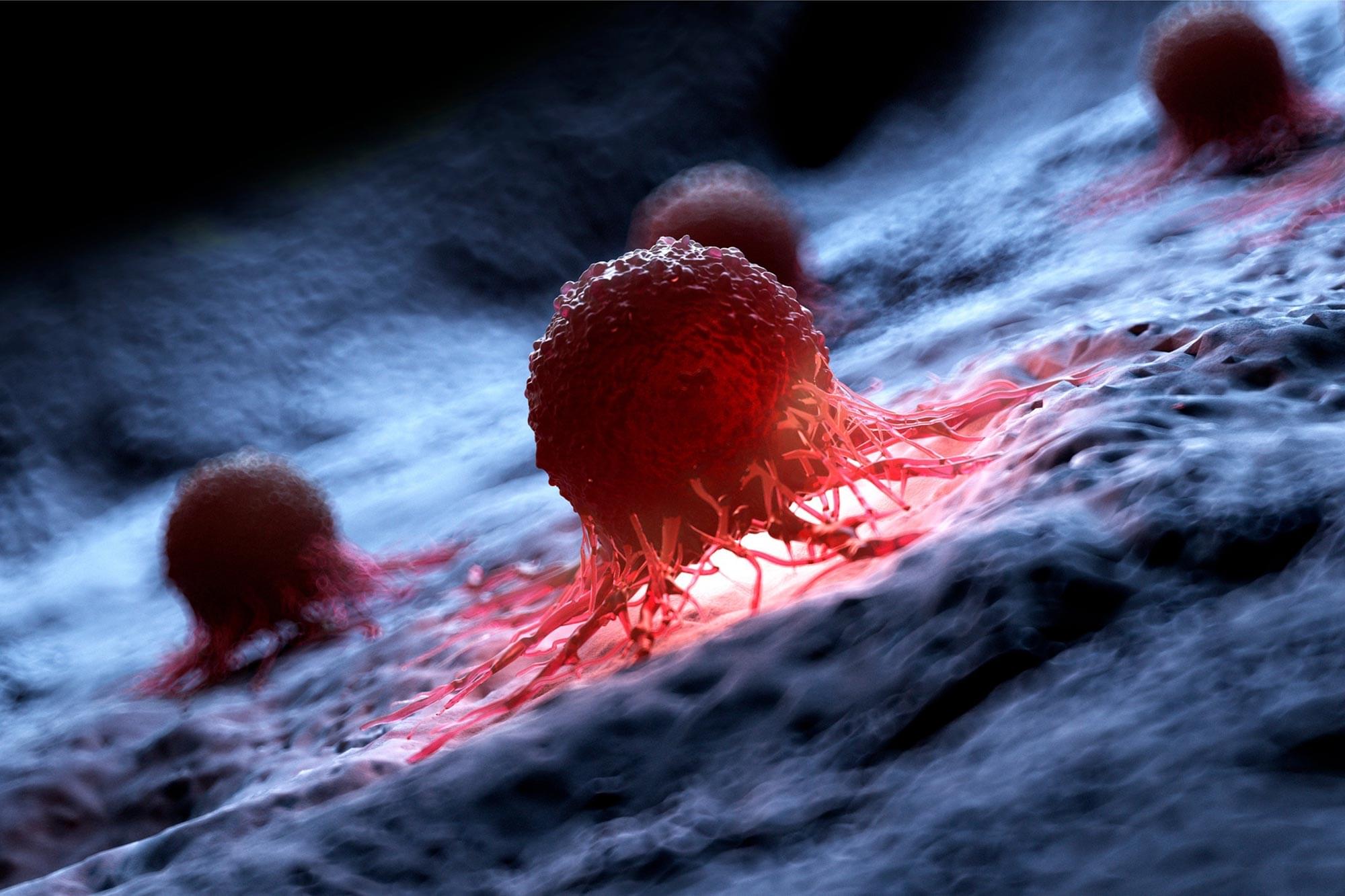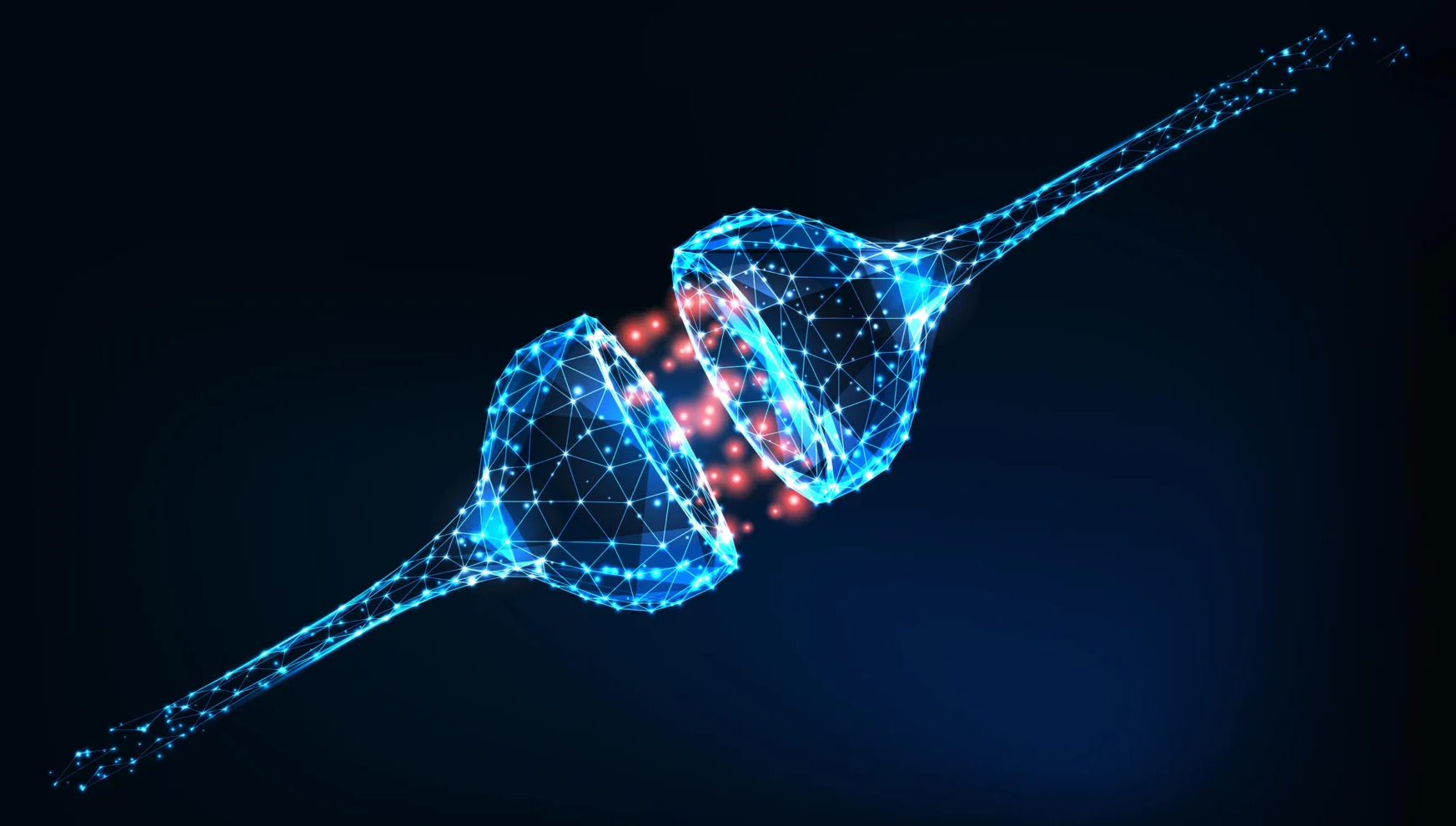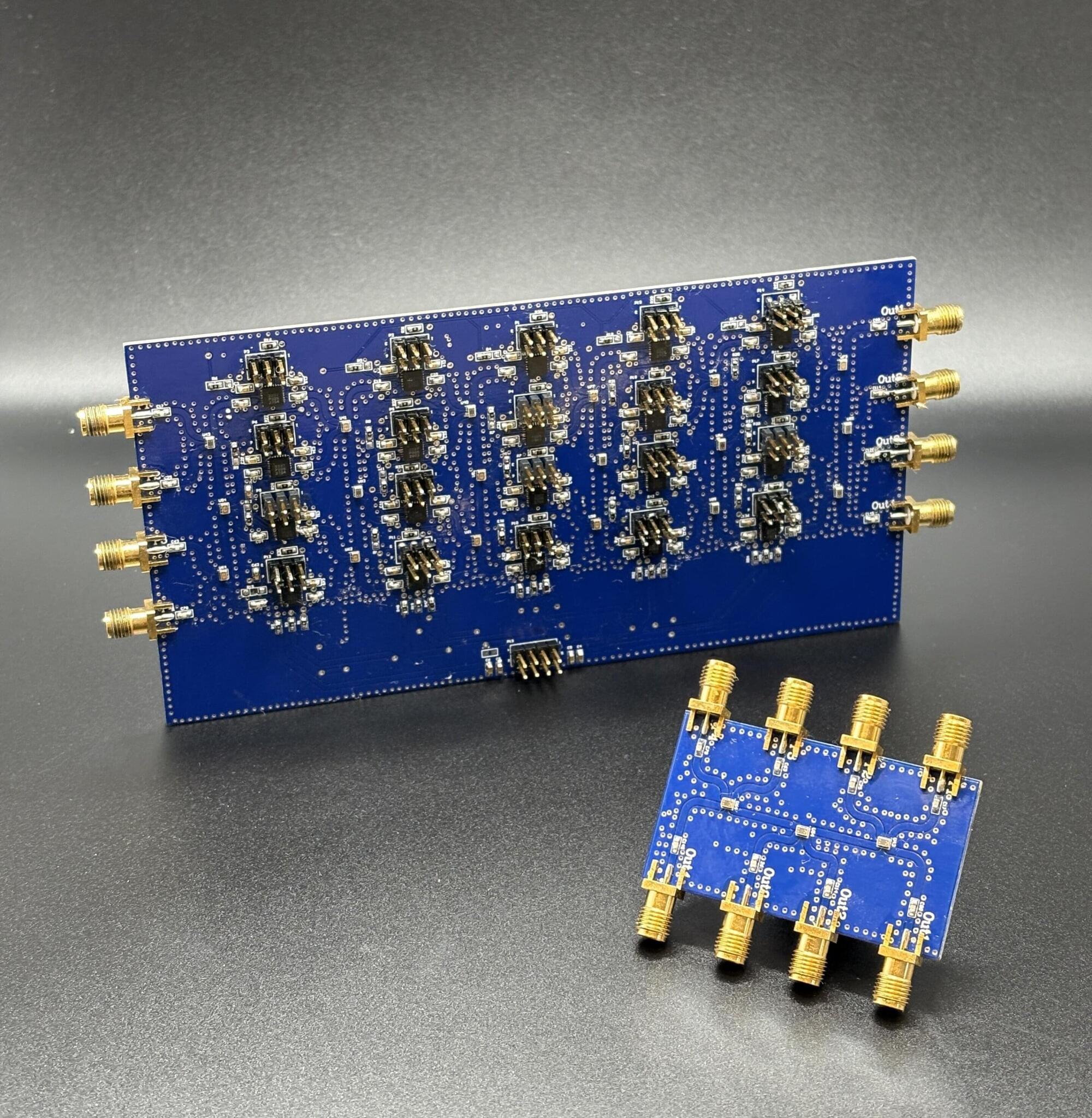AI is creating potentially “catastrophic” problems for small-business owners.




Elon Musk’s AI firm xAI is planning a massive fundraising effort. The company aims to secure around $20 billion. This includes a significant equity investment from chip giant Nvidia. The deal structure involves Nvidia processors being rented out for five years. This innovative approach could set a new trend for tech financing.

Virtual cells could make it faster and easier to discover new drugs. They could also give insight into how cancer cells evade the immune system, or how an individual patient might respond to a given therapy. They might even help basic scientists come up with hypotheses about how cells work that can steer them toward what experiments to do with real cells. “The overall goal here,” Quake says, “is to try to turn cell biology from a field that’s 90% experimental and 10% computational to the other way around.”
Some scientists question how useful predictions made by AI will be, if the AI can’t provide an explanation for them. “The AI models, normally, are a black box,” says Erick Armingol, a systems biologist and post-doctoral researcher at the Wellcome Sanger Institute in the U.K. In other words, they give you an answer, but they can’t tell you why they gave you that answer.



There are a wide range of applications for Fu and Yao’s new neuron, from redesigning computers along bio-inspired, and far more efficient principles, to electronic devices that could speak to our bodies directly.
“We currently have all kinds of wearable electronic sensing systems,” says Yao, “but they are comparatively clunky and inefficient. Every time they sense a signal from our body, they have to electrically amplify it so that a computer can analyze it. That intermediate step of amplification increases both power consumption and the circuit’s complexity, but sensors built with our low-voltage neurons could do without any amplification at all.”
The secret ingredient in the team’s new low-powered neuron is a protein nanowire synthesized from the remarkable bacteria Geobacter sulfurreducens, which also has the superpower of producing electricity. Yao, along with various colleagues, have used the bacteria’s protein nanowires to design a whole host of extraordinary efficient devices: a biofilm, powered by sweat, that can power personal electronics; an “electronic nose” that can sniff out disease; and a device, which can be built of nearly anything, that can harvest electricity from thin air itself.


Scientists have achieved a breakthrough in analog computing, developing a programmable electronic circuit that harnesses the properties of high-frequency electromagnetic waves to perform complex parallel processing at light-speed.
The discovery points to a new era of computing that operates far beyond the limits of conventional digital electronics, using less energy, while performing massive calculations.
The study, “Programmable circuits for analog matrix computations,” has been published in Nature Communications.